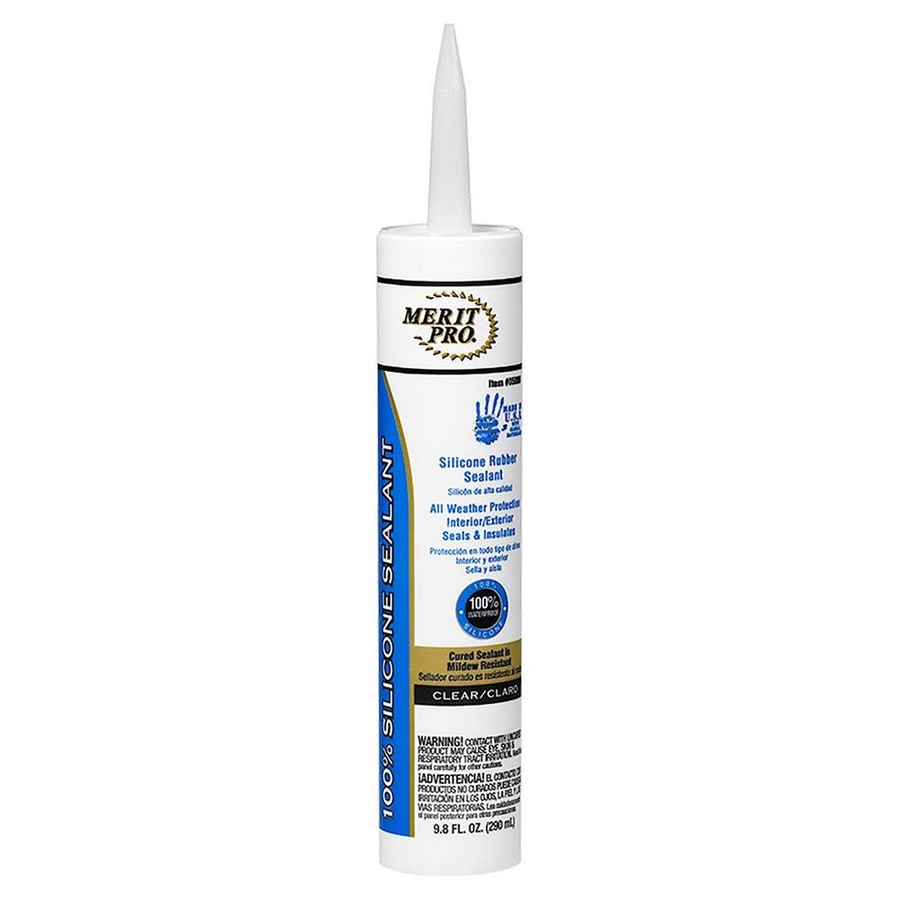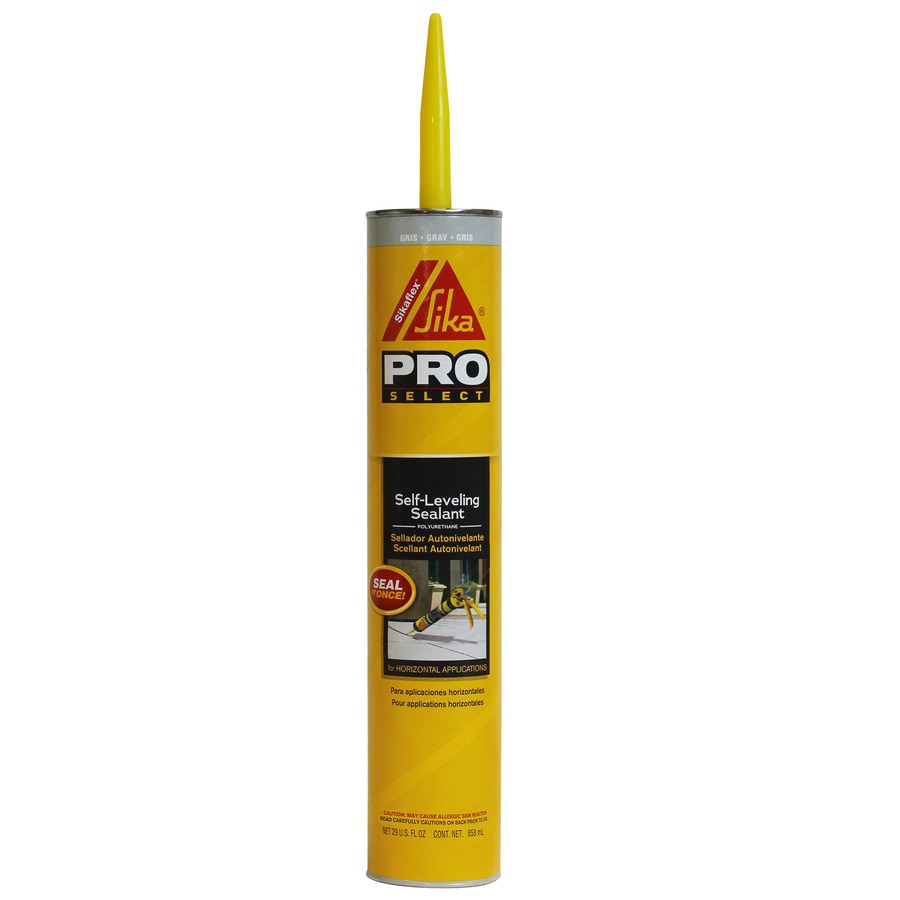
Self-leveling sealants are handy when it comes time to repair a roof or horizontal surface. You’ll use each bonding product for specific fixes. Regular maintenance of the self-leveling sealant around rooftop items like your fan keeps these areas leak-free for the life of the RV. It can be used on its own, to seal between two surfaces… but we often use it in conjunction with another sealant, like Dicor Self-Leveling applied around the edges. It comes in a peel-and-stick roll that you can use as needed with minimal cleanup. It’s one of the easiest ways to seal between items, such as when installing a window awning, or replacing a roof vent. It can be used on most surfaces, and it doesn’t make a mess like other sealants can. It’s pliable and comes on a roll, like other types of tape, making it easy to apply. Butyl Tapeīutyl tape (sometimes called “putty tape”) is a versatile sealant in tape form. This type of bond is best for sealing vertical areas, as it won’t run.

The main difference is that you need to manually spread non-self-leveling sealant it doesn’t self-level or spread on its own. Like self-leveling sealant, this type of RV caulk seals joints and cracks to resist water and stress. Once dry, it creates a seal resistant to deterioration from water, stress, and movement, since it stays pliable. It’s a polyurethane composite, and when used, it expands (self-levels) into the joints and cracks to seal them. As a result, it’s only for use on horizontal surfaces, like your roof, as it will run or sag on vertical surfaces. When applying this type of caulk, it stays soft long enough to allow gravity to level it into a nice smooth surface. If you have any questions, you can reach our customer service team at (833) 411-3539.Self-leveling sealant is best for use with horizontal applications such as around a vent pipe on the roof. Let the first coat dry for 24 hours before applying the next coat. Take your time to focus on those holes and the larger surrounding area around them. Then aim the nozzle at your surface and spray it in a sweeping motion from a distance of 8 to 12 inches. Shake your can of Flex Seal vigorously for about a minute.

For example, if you’re fixing leaks in a gutter outside, you’d tape off the edges around the gutter before you start spraying the holes with Flex Seal.

Depending on your project type, you may need painter’s tape to section off the areas you’re looking to treat. Flex Seal works on wet areas, but it’s more effective on dry surfaces. Sanding your surface will increase adhesion for Flex Seal. If the dirt is a little hard to get off, wipe the surface down with a damp rag and cleaning solution.įlex Tip: If there’s any rust on your surface, sand it off before moving ahead. Wipe off any dirt or dust from your surface. If you are spraying an entire object this will prevent you from spraying Flex Seal on any unwanted areas. Once you’ve picked your area, cover it with a drop cloth. That means no rain, sleet, snow, dew – you get the picture. But make sure you pick a dry weekend to do your project. If you’re more of an outdoor kind of guy (or gal), try your backyard.
#LOWES FLEEX CAULK WINDOWS#
Or you could use a room in your house with windows opened and a fan running. Your garage could be the perfect space (with the door open). Step 1: Prepare Your Project Areaīefore using Flex Seal, make sure that you have a well-ventilated area. Make sure to have all of the necessary tools for this DIY project lined up before you start-you’ll save time and frustration. But what counts most is that you use it properly. There are many practical and creative ways to use Flex Seal.
#LOWES FLEEX CAULK CRACK#
Plus, it won’t sag or drip in the summer heat, and it won’t crack or peel in the winter cold. Flex Seal can be used on almost every surface: wood, metal, tile, concrete, masonry, fabric, glass, plastic, aluminum, porcelain, drywall, rubber, cement, and vinyl. Unless you don’t mind wasting thousands of dollars, there’s another way you can fix those pesky leaks without breaking the bank.įlex Seal is a liquid rubber sealant coating that’s perfect for almost any DIY project inside or outside your house.

Aren’t you tired of calling your repairman for every leak or break around the house? That gets expensive.


 0 kommentar(er)
0 kommentar(er)
